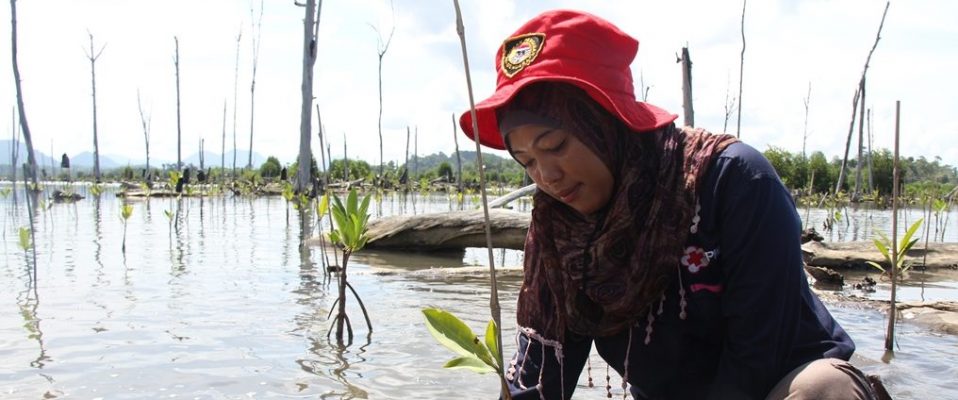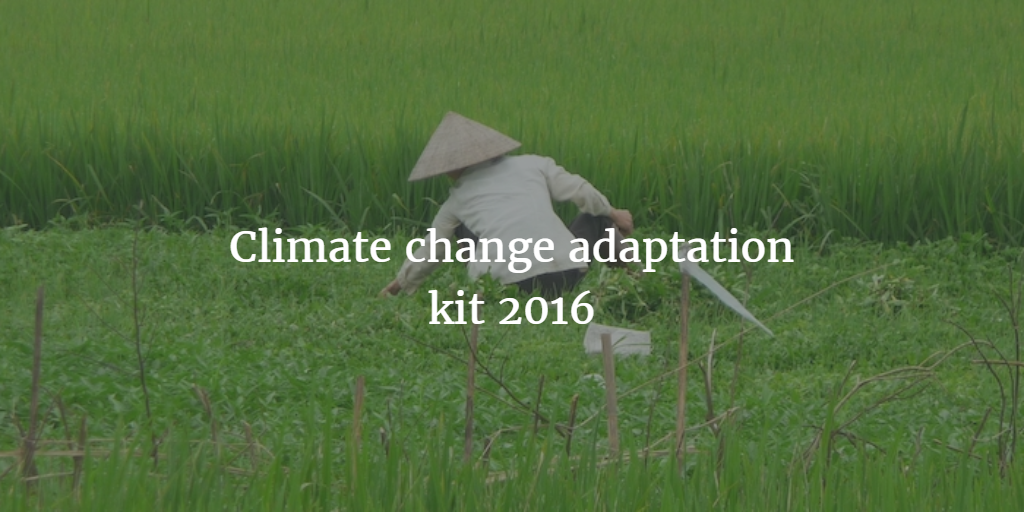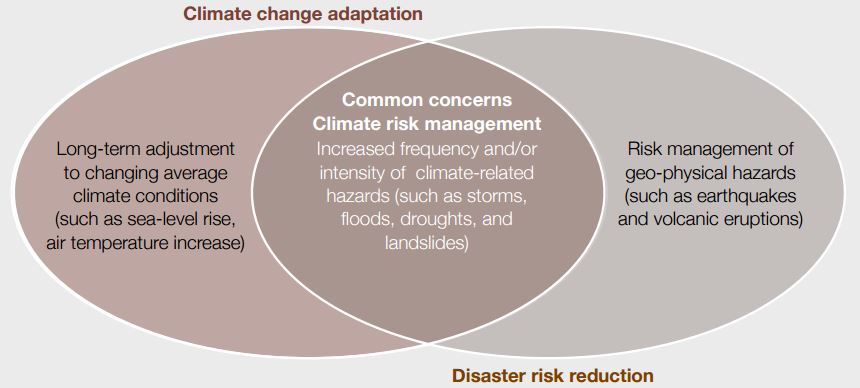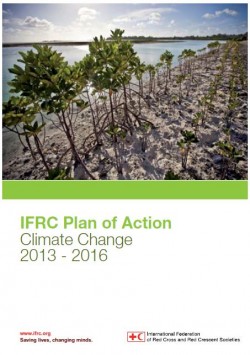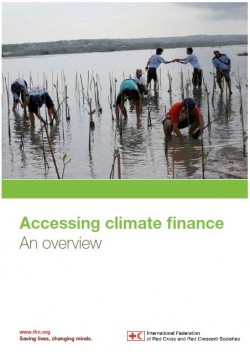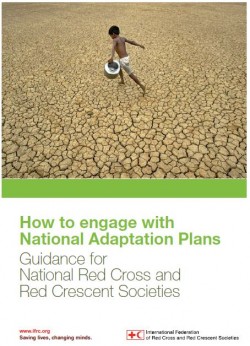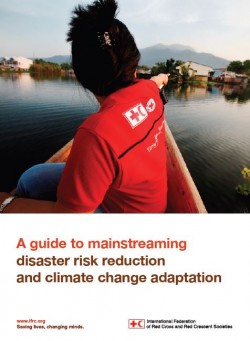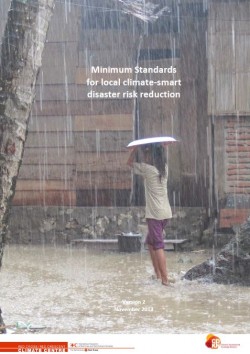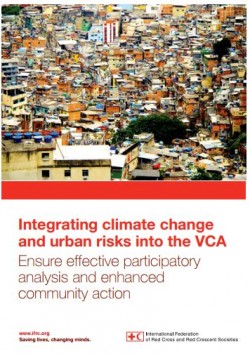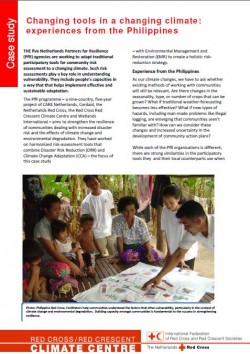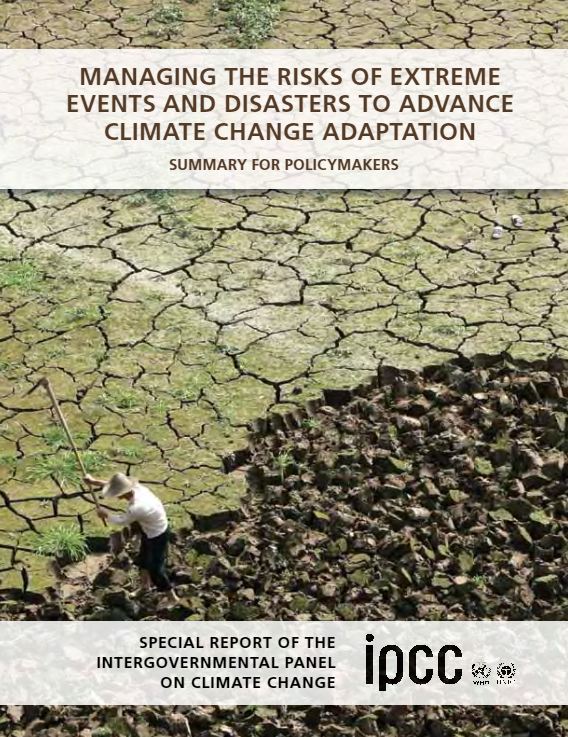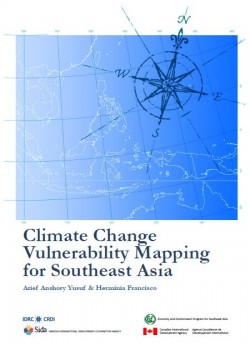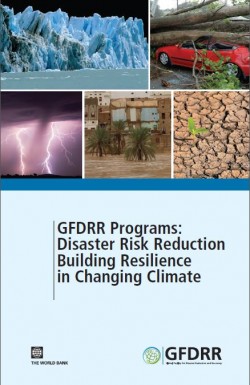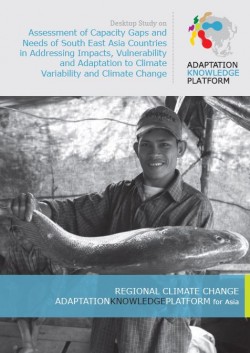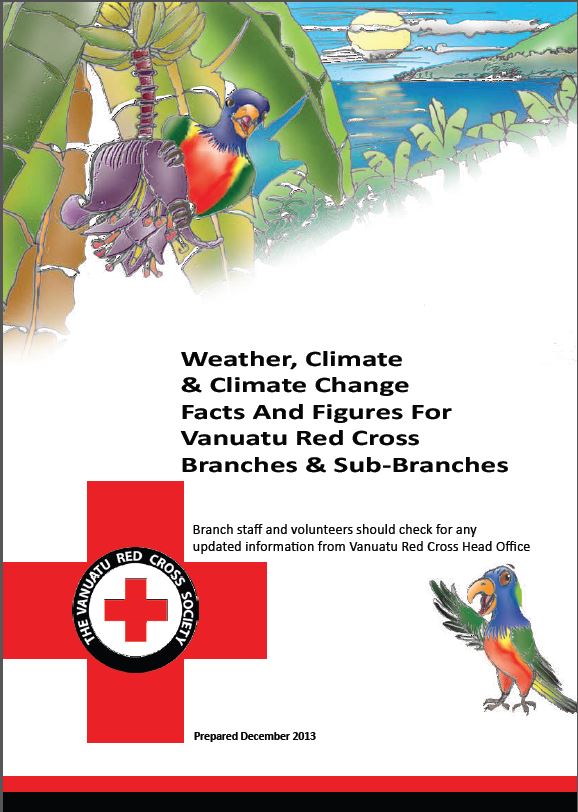18th Annual Southeast Asia Red Cross Red Crescent Leadership Meeting | 16-17 September 2021 | Virtually Hosted by Thai Red Cross Society
16 September , 2021 - 17 September , 2021Climate Change Adaptation Training | 5-8 April 2016 | Vangvieng, Laos
5 April , 2016 8:00 am - 8 April , 2016 5:00 pm UTC+7Climate Change Training of Trainers (TOT) | 7-11 March 2016 | Yangon, Myanmar
7 March , 2016 8:00 am - 11 March , 2016 5:00 pm UTC+7Climate Change Training | 25-27 January 2016 | Hue, Vietnam
25 January , 2016 8:00 am - 27 January , 2016 5:00 pm UTC+7Climate Change Adaptation Training | Mar 2015 | Kuching, Malaysia
14 March , 2015 8:00 am - 16 March , 2015 5:00 pm UTC+7
Climate Change online courses available on IFRC Learning Platform are:
e-mail Disaster Risk Management Delegate, Hung Ha Nguyen, at hungha.nguyen@ifrc.org
The Regional Perspective
Climate change is among the most serious challenges of this and future generations. This was once more highlighted in the outcome document of the Rio+20 conference. Climate change acts as a stress multiplier and exacerbates existing vulnerabilities. It may also trigger events of unknown magnitude that can potentially make current humanitarian capacity ineffective and be a barrier to achieving humanitarian goals. Threats associated with climate change are therefore inseparable from IFRC’s mission of building safer and resilient communities.
Strategy 2020 underlines IFRC’s climate change adaptation work through the scale up of disaster risk reduction measures. It also calls for a contribution to climate change mitigation through advocacy and social mobilization to promote sustainable community development.
Southeast Asia is expected to be seriously affected by the adverse impacts of climate change since most economies are relying on agriculture and natural resources, particularly water resources, in addition to the region’s coastal systems, and ecosystems. The region is annually affected by climate extremes, particularly floods, droughts and tropical cyclones, while large areas of the region are highly prone to flooding and influenced by monsoons. Such climatic impacts will severely threaten the livelihood of poor people living in rural areas with limited adaptive capacity.
Definition:
A significant change in measures of climate (such as temperature, precipitation, or wind) lasting for an extended period (decades or longer). Climate change can result from both natural changes (such as changes in the sun’s intensity or oceanic circulation) and human activities. Today we tend to use the term for changes in the climate that are induced by human activities that alter the gaseous composition of the atmosphere due to the release of greenhouse gases, in particular CO2 (such as fossil fuel burning or deforestation). (IPCC 2001)
Definition:
“The adjustment in natural or human systems in response to actual or expected climate stimuli or their effects, which moderates harm or exploits beneficial opportunities.” (Intergovernmental Panel on Climate Change, IPCC)
The definition recognizes that humans can adjust to past (“actual”) climate change and its impacts, or prepare for projected future (“expected”) climate change and its impacts. Adaptation can include changes in behaviour, technology, institutions, policies, and other aspects of human systems.
Definition:
“[…] the concept and practice of reducing disaster risks through systematic efforts to analyse and manage the causal factors of disasters, including through reduced exposure to hazards, lessened vulnerability of people and property, wise management of land and the environment, and improved preparedness for adverse events.” 2009 UNISDR terminology on Disaster Risk Reduction
Definition:
Considering and addressing risks associated with disasters and climate change in all processes of policy-making, planning, budgeting, implementation, and monitoring.
This entails an analysis of how potential risks and vulnerability could affect the implementation of policies, programmes and projects. Concurrently, it also analyses how these, in turn, could have an impact on vulnerability to hazards. This analysis should lead on to the adoption of appropriate measures to reduce potential risks and vulnerability, where necessary, treating risk reduction and adaptation as an integral part of all programme management processes rather than as an end in itself.
Definition:
Actions that reduce the sources of greenhouse gases, or enhance carbon sinks. Examples include using fossil fuels more efficiently for industrial processes or electricity generation, switching from oil to natural gas as a heating fuel, improving the insulation of buildings, and expanding forests and other sinks to remove greater amounts of carbon dioxide from the atmosphere. (UNFCCC)
Guiding Documents
- Minimum Standards for local climate-smart disaster risk reduction
- Integrating climate change and urban risks into the VCA – Ensure effective participatory analysis and enhanced community action
- Case Study: Bridging the gap – Integrating climate change and disaster risk reduction
- Case Study: Whatever the weather – Making climate information user friendly for humanitarian organizations
- Case Study: Changing tools in a changing climate: Experiences from the Philippines
More References
- Managing the risks of extreme events and disasters to advance climate change adaptation: Summary for Policymakers
- Managing the climate extremes and disaster in Asia: Lessons from the IPCC SREX Report
- Climate Change Vulnerability Mapping for Southeast Asia
- Disaster Risk Reduction: Building Resilience in Changing Climate
- Desktop Study on Assessment of Capacity Gaps and Needs of South East Asia Countries
- Weather, Climate & Climate Change Facts and Figures for Vanuatu Red Cross Branches & Sub-Branches
References in Climate Change and Gender
- CARE: Understanding Gender in Community-based Adaptation – Practitioner Brief 3
- CARE: Gender Dynamics in a Changing Climate: How Gender and adaptive capacity affect resilience
- CARE: Cultivating Equality: Delivering just and sustainable food systems in a changing climate
- Red Cross/Red Crescent Climate Centre, Australian RC: Guidance Note: Gender and Climate Change
- Care International in Vietnam: Making it Count. Integrating Gender into Climate Change and Disaster Risk Reduction: A Practical How-To Guide
- NEW CARE: Win-Win Results. Gender equality within climate change programming
- USAID: Integrating Gender in Climate Change Adaptation Proposals
Document library - Climate Change
[wpv-view name=”climate-change-document-view”]
![]()


